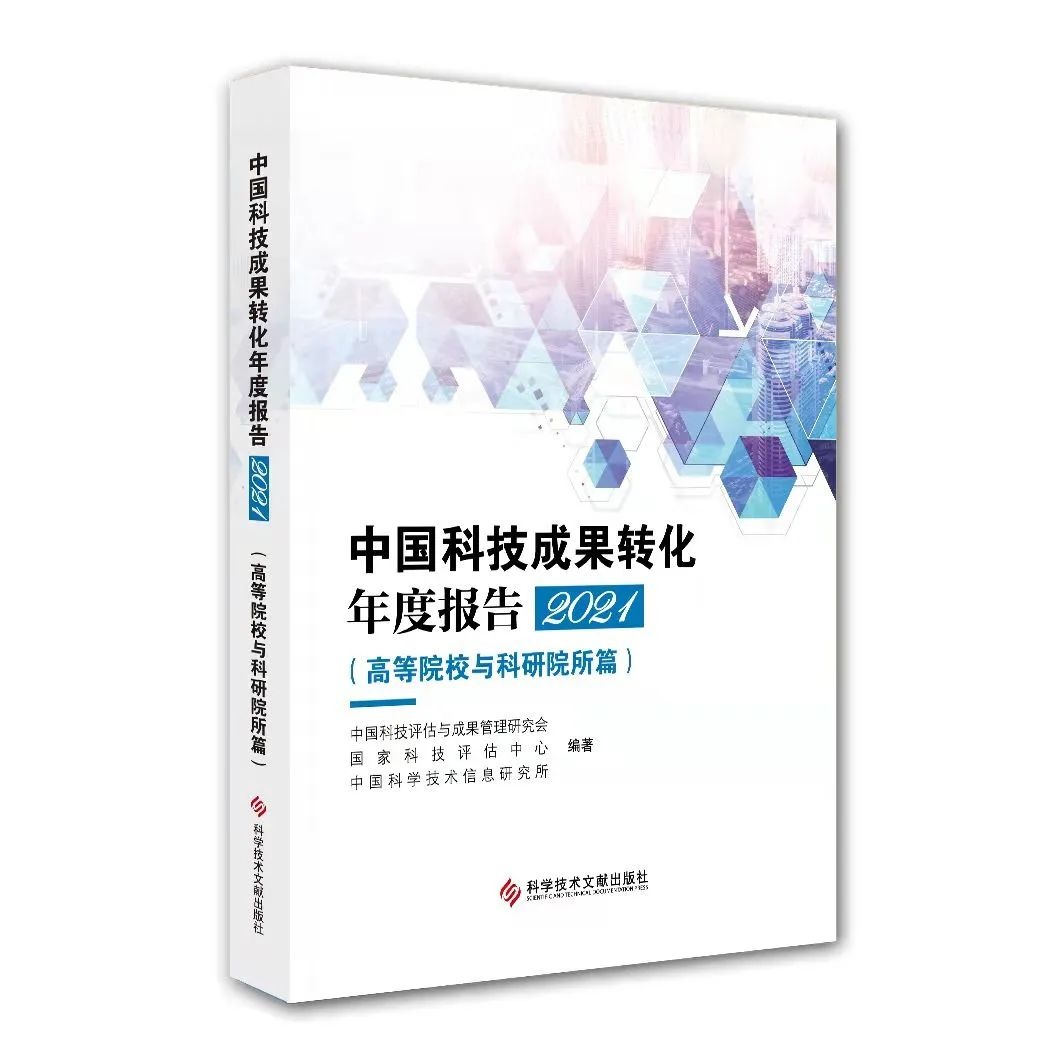The scientific research team led by Professor Liu Yunhuan posted a long article in "Nature"
Author:Changan University Time:2022.08.18
The scientific research team led by Professor Liu Yunhuan of Chang'an University, the Nanjing Institute of Geological Paradise of the Chinese Academy of Sciences, the Virginia University of Science and Technology in the United Kingdom, the University of Bristol University, Shandong University of Science and Technology, the University of Berlin, Germany The international joint research team composed of 5 countries and 9 scientists including the Ocean Research Institute and Swiss Light Source conducted in -depth research on the lucky rank (about 535 million years ago) of the lucky rank (about 535 million years ago). Essence The research papers published ARTICLE essay online on August 17, 2022 in the world's top academic journal "Nature". "" Saccorhytus is an Early Early Early Ecdysozoan and Nottheearlies Deuterostome "). Zhang Huaqiao, the Nanjing Institute of Ancient Biology of the Chinese Academy of Sciences, is the first communication author, Professor Liu Yunhuan of Chang'an University as the first author of the paper, and Changan University as the first author unit. This is the first long article on the first international journal Nature since the establishment of Chang'an University, which has achieved zero breakthroughs.

The International Joint Research Team conducted in -depth research on the SACCORHYTUS (about 535 million years ago) of the Cambrian Department of Southern Shaanxi (approximately 535 million years ago). The team believes that the vycles are not the original rear animals, but more likely to be molten animals.

The recovery diagram and system location diagram of the cysts. A, front vision; b, left side view; C, rear view; D, the vinion is molten animal
In 2017, the fossils of the cysts were discovered in the phosphorus -containing rock of Zhangjiagou fossils in Zhangjiagou in Zhangjiagou, Xixiang County, southern Shaanxi. Studies have shown that the cysts are symmetrical animals on both sides of the millimeter size, with cyst -shaped bodies, with mouth and mouth, and developed radiation -like wrinkles, radiation symmetrical arranged, and symmetrical arranged sides of the bone bone plates on both sides. There are a large number of small thorns on the opposite side and no anus. It has been explained as the earliest rear animal, and the key feature that supports this view is that the vapyles have "Pharyngeal Openings".
The team found that the "gill holes" in the original research was actually a closed pore structure formed during the burial process of the "gill holes" in the original research. At the same time, some of its key features such as CUTICLE, Non-Ciliated Epidermis, Terminal Mouth, and Radially Arranged Circumral Structures, etc., all indicate it that it shows it that It has a closer relationship with molten animals. As a result, the research team believes that Cycuts is more likely to be molten animals, not rear animals.

Scanning electron microscopy photos of some capsule specimens
The molting animals include cyclic animals (gills, tapeworms, horses, etc.) and pan -limb animals (velvet, water bears, triades, spiders, insects, crickets, shrimp, crab, etc.). The earliest molting animal fossils appear in the Cambrian lucky level, but they are all neurotropic animals. The vapyl cysts add a new type to the earliest molten animals. The system position of the inside of the molting animals has not been resolved. It may be the type of ancestral ancestral type, the ancestral type of pan -limb animals, or the ancestral type of molting animals.
According to the original research, molten animals generally have the "creep" structure, and their latest ancestors may also be creep. The "cyst shape" body of the cysts is obviously different from the "cousin" of other molten animals, which indicates that the "cousin" is not the only type of the molten animal, cyclomas, pan -limb animals or orpi limb animals or plastic surgery animals or pan -nodes. The ancestral type of molting animals may not be creep.
The origin of the sample of molten animals still needs further research on the mutual evolution of the earliest molten animal in Cambrian Lucky Lucky Period.
论文信息:Yunhuan Liu, Emily Carlisle, Huaqiao Zhang, Ben Yang, Michael Steiner, Tiequan Shao, Baichuan Duan, Federica Marone, Shuhai Xiao, Philip C. J. Donoghue, 2022. Saccorhytus is an early ecdysozoan and not the earliest deuterostome. Nature, doi : 10.1038/S41586-022-05107-Z-Z
Original link
https://www.nature.com/articleS/S41586-022-05107- Z
- END -
Summer training of "Blockchain" digital technology engineer in Hunan Province has come to an end

(Correspondent Li Wenjun Mao Yiyu) Recently, the summer training class of blockcha...
The national scientific and technological achievements transformed the top 100 colleges and universities, and 7 Wuhan was selected!

A few days ago, the China Scientific and Technological Achievement Transformation ...